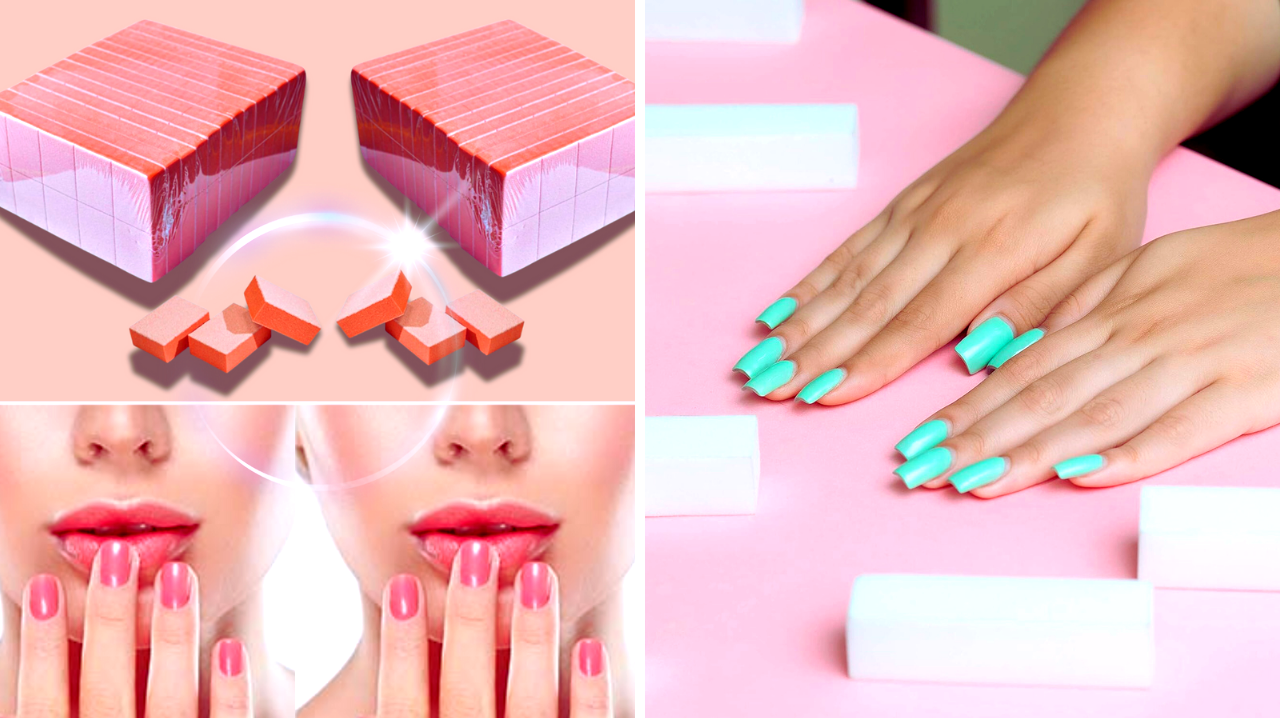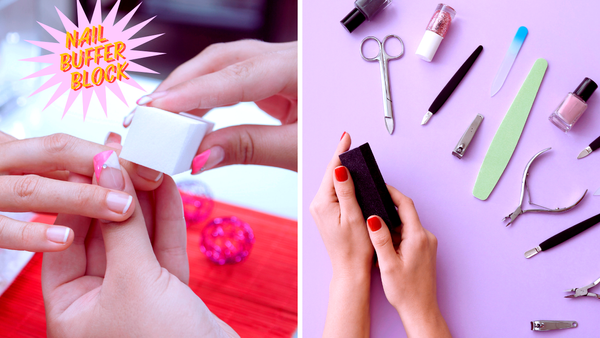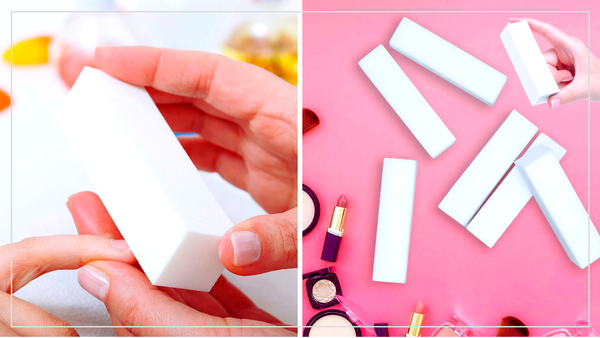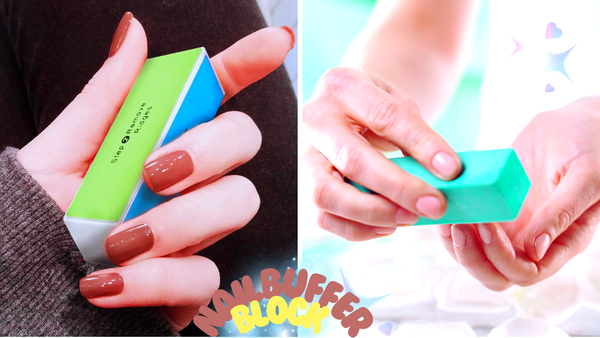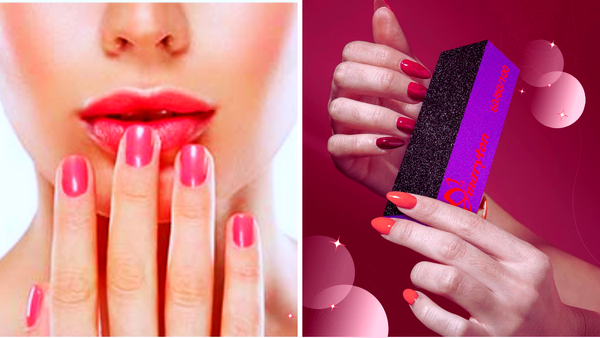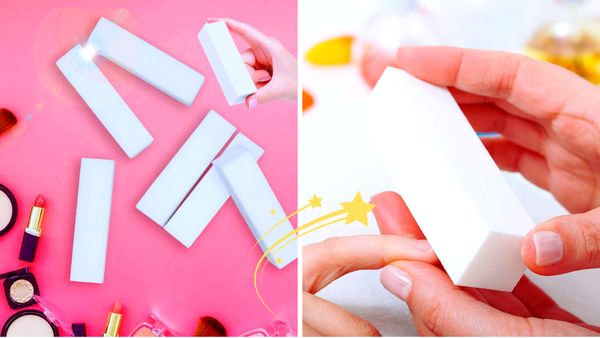Key Takeaways:
- Depending on usage and care, nail buffers can last from a few weeks to several months.
- Proper maintenance of your nail buffer can extend its lifespan and ensure healthy nails.
- Knowing when to replace your nail buffer is crucial to avoid damaging your nails.
Nail buffers are essential in any nail care routine, helping achieve smooth, shiny, and healthy nails. But how long can you use a nail buffer before it needs replacing? This article will delve into the lifespan of nail buffers, how to maintain them, and signs that indicate it's time for a new one.
Understanding Nail Buffers
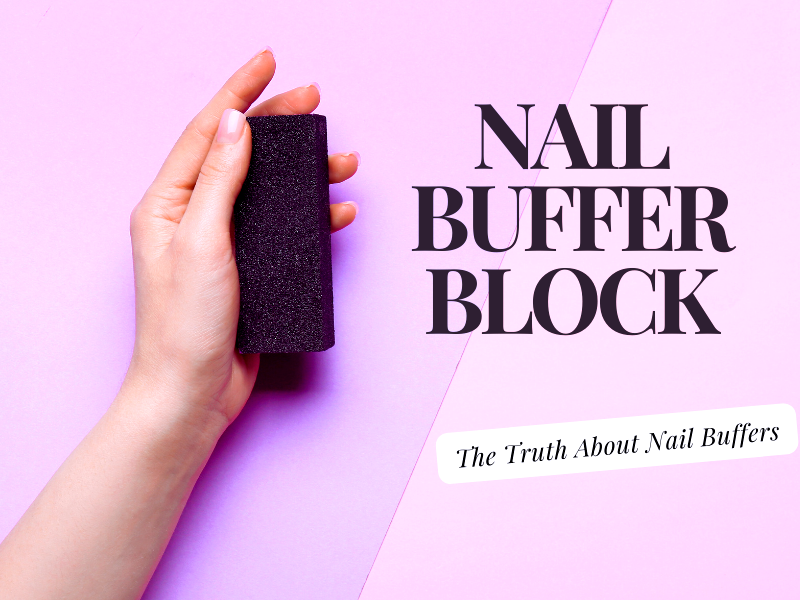
Nail buffers come in various shapes and sizes, each designed to smooth and shine the nail surface. Unlike nail files, which shape the edges of your nails, buffers focus on the nail's surface, removing ridges and creating a polished look. Buffing nails can enhance the appearance of natural nails and prepare them for nail polish application.
Types of Nail Buffers
Several types of nail buffers include buffer blocks, multi-sided buffers, and electric buffers. Buffer blocks typically have different grits on each side, allowing for a comprehensive buffing process. Multi-sided buffers offer various levels of coarseness, while electric buffers provide a quick and efficient way to achieve a smooth finish.
How Often Should You Buff Your Nails?
Buffing nails too frequently can weaken them, making them prone to breakage. It's generally recommended that you buff your nails no more than once a week. Over-buffing can thin the nail surface, leading to brittle and damaged nails. A gentle approach ensures that your nails remain healthy and strong.
Signs Your Nail Buffer Needs Replacing
A worn-out nail buffer can do more harm than good. If you notice the buffer surface becoming smooth and less effective, it's time to replace it. Additionally, if the buffer starts to crumble or lose shape, it's no longer suitable for use. Regularly inspecting your nail buffer can help you determine when it's time for a new one.
Maintaining Your Nail Buffer
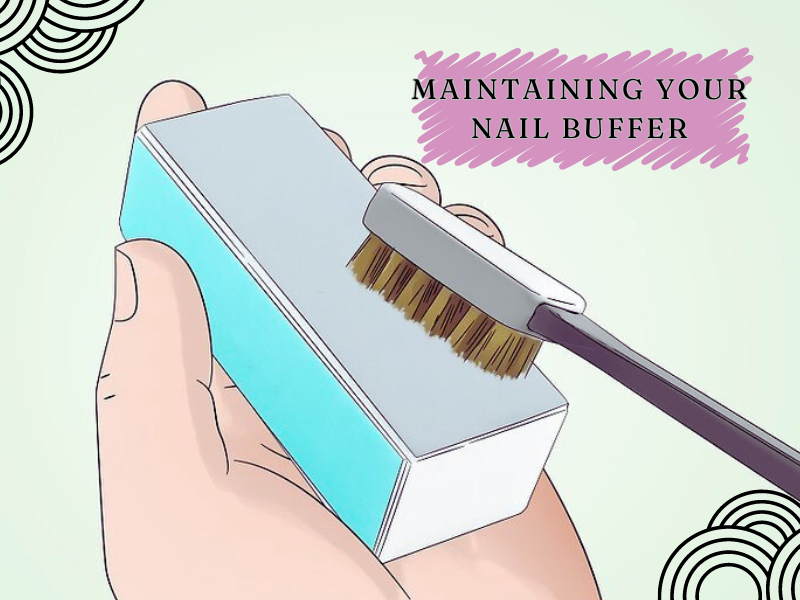
Proper maintenance can extend the life of your nail buffer. After each use, clean the buffer with a soft brush to remove dust and debris. Avoid exposing the buffer to excessive moisture, which can weaken the material. Storing your nail buffer in a dry, cool place will help preserve its effectiveness.
The Role of Nail Buffers in Nail Care
Nail buffers play a crucial role in maintaining healthy nails. By smoothing the nail surface, buffers help prevent snags and tears. They also create a smooth base for applying nail polish, ensuring a flawless finish. Regular buffing can enhance the natural shine of your nails, making them look polished even without nail polish.
Buffing Techniques for Best Results
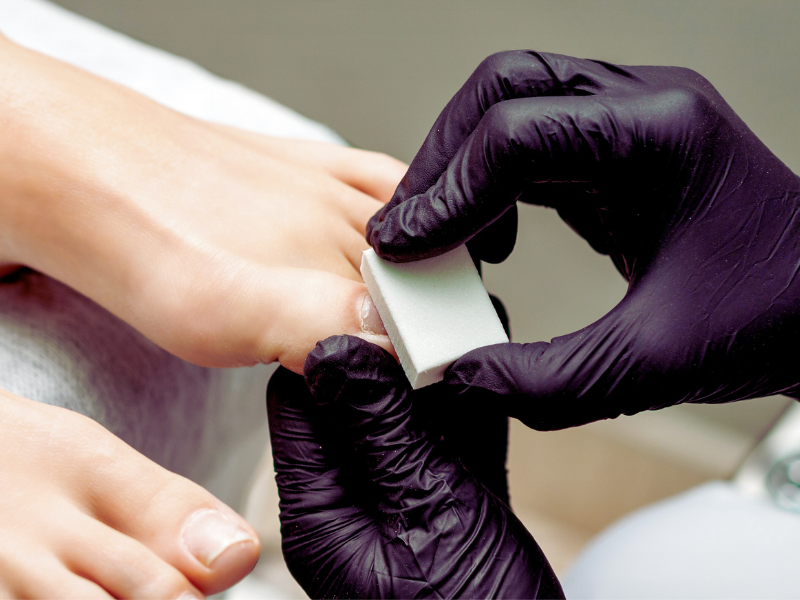
To achieve the best results, buff your nails using a gentle, back-and-forth motion. Start with the coarsest side of the buffer and gradually move to the finer sides. This step-by-step approach ensures a smooth, shiny finish without damaging the nail surface. Be mindful of the pressure you apply to avoid weakening your nails.
The Impact of Buffing on Nail Health
While buffing can enhance the appearance of your nails, it's essential to be cautious. Over-buffing can thin the nail surface, making it more susceptible to damage. If you notice your nails becoming weak or brittle, reduce the frequency of buffing and focus on nourishing your nails with cuticle oil and a healthy diet.
Choosing the Right Nail Buffer
Selecting the right nail buffer block is crucial for achieving the desired results. Consider the grit level, shape, and material of the buffer. A buffer with multiple grits allows for a comprehensive buffing process, while a comfortable shape ensures ease of use. Investing in a high-quality buffer can significantly impact your nail care routine.
The Benefits of Buffing Nails
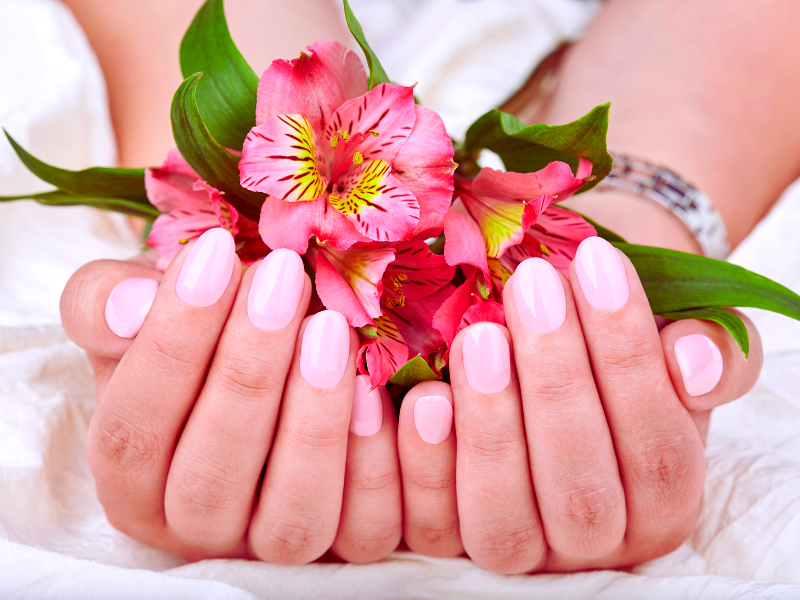
Buffing nails offers several benefits, including a smooth and shiny surface, reduced ridges, and a polished look. It also helps remove stains and discoloration, making your nails look healthier. Regular buffing can enhance the overall look of your nails, making them a perfect canvas for nail art or clear nail polish.
The Lifespan of Different Types of Nail Buffers
The lifespan of a nail buffer depends on its type and how often it's used. Buffer blocks and multi-sided buffers typically last a few weeks to a few months with regular use. Electric buffers may have a longer lifespan but require proper maintenance to remain effective. Regularly assessing the condition of your buffer can help you determine when it's time for a replacement.
How to Clean and Store Your Nail Buffer
Cleaning your nail buffer after each use is essential to maintain its effectiveness. Use a soft brush to remove dust and debris, and avoid using water or rubbing alcohol, as this can damage the buffer. Store your buffer in a dry, cool place to prevent moisture from weakening the material. Proper care can extend the life of your nail buffer and ensure optimal results.
The Importance of Using a Quality Nail Buffer
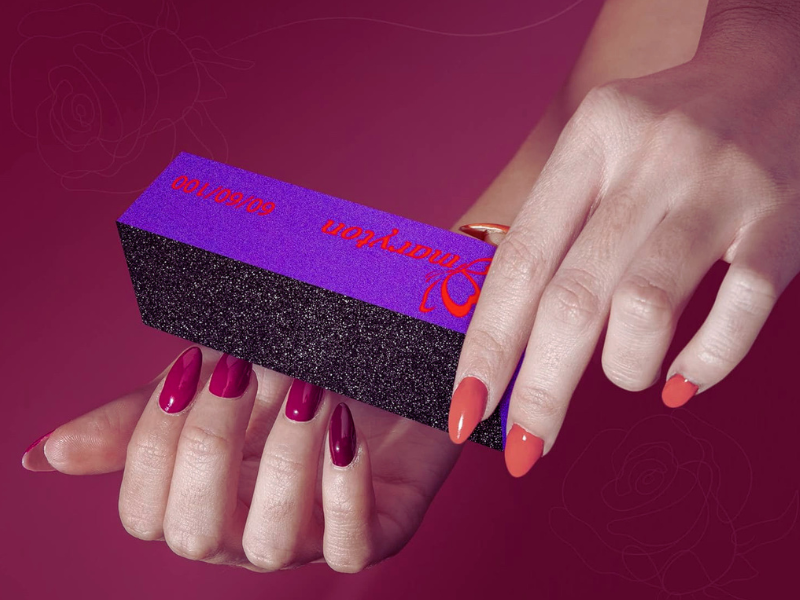
Investing in a high-quality nail buffer can make a significant difference in your nail care routine. A good buffer will provide a smooth and even finish, reducing the risk of damage to your nails. Look for buffers made from durable materials and with multiple grits to achieve the best results. A quality buffer is an essential tool for maintaining healthy and beautiful nails.
The Connection Between Buffing and Nail Polish Application
Buffing your nails before applying polish can create a smooth and even surface, ensuring a flawless finish. It also helps the polish adhere better, reducing the risk of chipping and peeling. By incorporating buffing into your nail care routine, you can achieve a professional-looking manicure at home.
The Role of Buffing in Nail Art
Buffing is an essential step in preparing your nails for nail art. A smooth and even surface allows for precise and intricate designs, ensuring your nail art looks its best. Whether you're creating simple patterns or elaborate designs, buffing your nails beforehand can enhance the overall appearance of your nail art.
The Impact of Buffing on Natural Nails
Buffing can enhance the natural beauty of your nails, giving them a polished and healthy appearance. It helps to remove ridges and stains, creating a smooth and shiny surface. Regular buffing can also stimulate blood circulation in the nail bed, promoting healthy nail growth. However, it's important to be gentle and avoid over-buffing to prevent damage.
The Benefits of Using a Buffer Block
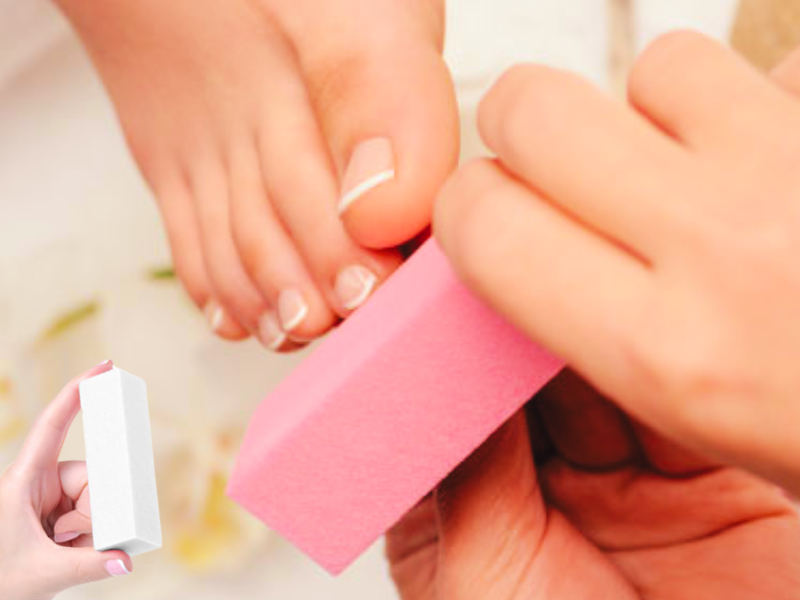
Buffer blocks are versatile tools that offer multiple grits for a comprehensive buffing process. They are easy to use and provide a smooth and even finish. Buffer blocks are durable and can last several weeks to months with proper care. A quality buffer block can enhance your nail care routine and ensure healthy and beautiful nails.
Summary
Nail buffers are essential for achieving smooth, shiny, and healthy nails. Proper maintenance and knowing when to replace your buffer can ensure optimal results and prevent nail damage. By incorporating buffing into your nail care routine, you can enhance the appearance of your natural nails and achieve a professional-looking manicure at home.
FAQ
How often should I replace my nail buffer?
The lifespan of a nail buffer depends on its type and how often it's used. Generally, buffer blocks and multi-sided buffers last a few weeks to a few months with regular use. If the buffer surface becomes smooth or starts to crumble, it's time to replace it.
Can buffing damage my nails?
Buffing can damage your nails if done too frequently or with too much pressure. It's recommended to buff your nails no more than once a week and use a gentle, back-and-forth motion. Over-buffing can thin the nail surface, making it more susceptible to damage.
How do I clean my nail buffer?
To clean your nail buffer, use a soft brush to remove dust and debris after each use. Avoid using water or rubbing alcohol, as this can damage the buffer. Store your buffer in a dry, cool place to prevent moisture from weakening the material. Proper care can extend the life of your nail buffer and ensure optimal results.
